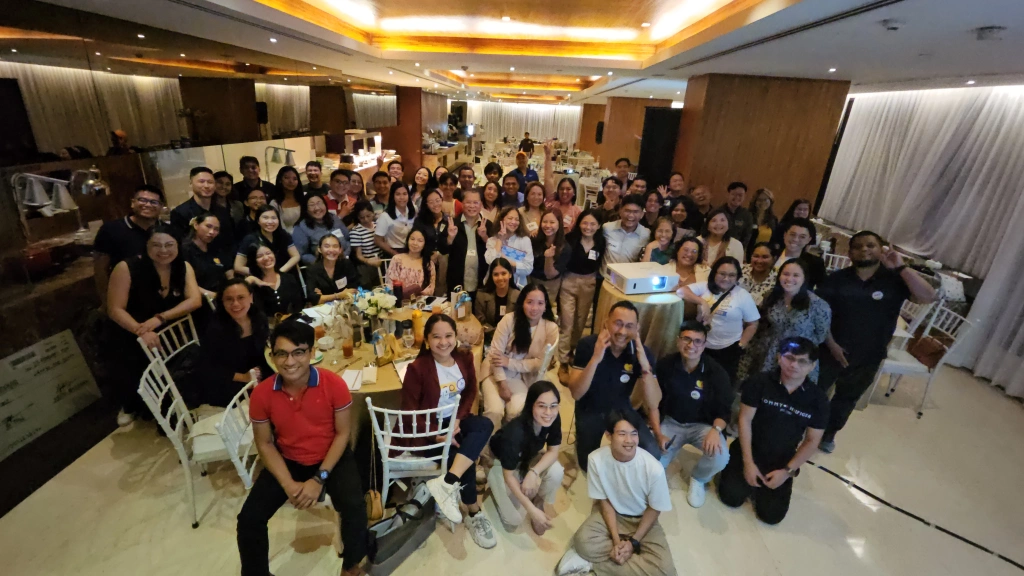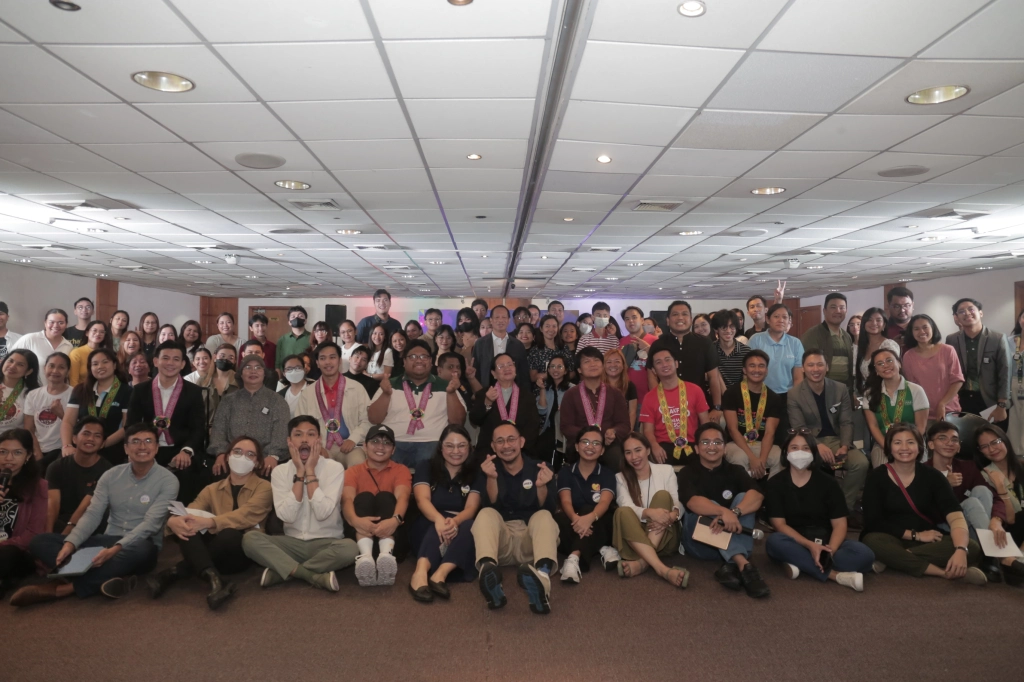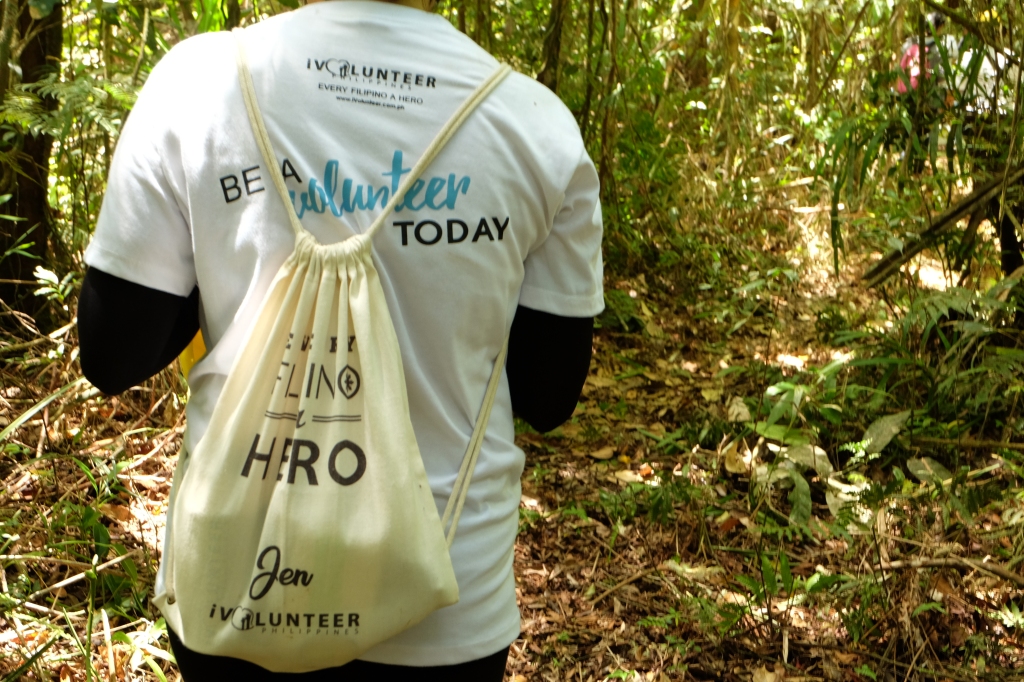by Deanie Lyn Ocampo
Volunteering, No.5
National heroes are not made because they have liberated a people. They are made because of their spirit of initiative and commitment throughout seasons of triumph and struggle. When opposition came, they responded positively and decisively. Their resolutions toughened with action, whether the benefits were for an oppressed country or for one desolate town.
 |
| “Treasures” (Batangas) by Ganny Tan |
In 1892, the streamer Cebu brought Dr. Jose Rizal to far-away Dapitan, an outpost of the Spanish power in Mindanao under the jurisdiction of the Jesuits, where he lived in exile until 1896. This four-year interlude in his life would seem humdrum in contrast to his more exciting and threatening life charged by our Spanish conquistadores with propagating “errors concerning religion”, “anti-Spanish statements”, and revolutionary ideas. Life in Dapitan could be idyllic enough to quiet down a filibustero.
But when Rizal arrived in Dapitan, he wrote to Fr. Pablo Pastells, Superior of the Jesuits, “I want to do all I can do for this town.”
He worked hard to improve it and to raise the civic consciousness of the townspeople.
In Dapitan, Rizal became a sought-after eye specialist who catered to patients from different parts of the Philippines and Hong Kong. Though some were wealthy, most of his patients were very poor he had to give them medicine gratis. Rizal then became interested in local medicine, studied the curative value of plants, and prescribed these as well.
When there was malaria infestation, he drained the marshes for several months.
With tenacity and ingenuity, Rizal constructed a waterworks system where clean water flowed for several kilometers from a little mountain stream across the river from Dapitan to the distribution reservoir. He used his training in Ateneo de Manila University as expert surveyor, read more engineering books, and built this well-known water supply. His materials included lime burned from sea corals and the fluted tiles from house roofs. This aqueduct wound in and out among the rocks and across gullies in bamboo pipes supported by rocks or brick piers.
Perhaps it was for this project that Rizal invented a wooden machine that could make 6,000 bricks in one day.
Thanks to him, Dapitan enjoyed a street lighting system: Rizal used P500 paid to him by an English patient and lit the dark streets with coconut oil lamps.
In 1893, Rizal tried out his educational ideas by putting up a school and teaching 21 pupils. He taught morals, literacy, languages (Spanish and English), geography, history, mathematics, vocational work, nature study, and gymnastics. Except for five pupils, the rest did not pay tuition so he had assigned them to work in his garden, fields and construction projects in the community.
 |
|
| “Kataka-taka” by Ganny Tan |
After the two-hour study in the afternoons, the pupils helped in the farms – they built fire to repel insects, pruned fruit-bearing trees of mangoes, lanzones, guyabanos, nangka, and enriched the soil with manure. They also had time for boxing, wrestling, swimming, arnis, and boating.
Rizal and his pupils studied the forests, coasts and its flora and fauna. He was able to collect 346 Philippine shells representing 203 species. He received scientific books and surgical instruments from colleagues in Europe because of his continued intellectual exchanges with them. Later, rare animal specimens which he discovered were named after him: Draco rizali (flying dragon), Apogonia rizali (small beetle), and Rhacophorus rizali (rare frog).
As an artist, Rizal molded some parts of the image of the Holy Virgin for the sanctuary in the Sisters of Charity’s chapel and designed its flawlessly beautiful and delicate curtain.
With the assistance of two nuns, Rizal also produced a masterpiece of majestic beauty that became a prized possession of the Santiago Church in Dapitan. It was a canvas oil painting behind the main altar, a scene depicting the court of Pontius Pilate, which the young Jesuit parish priest, Fr. Vicente Balaguer, had asked Rizal to make for Lent in 1894.
For “four years, 13 days, and a few hours,” our national hero, Dr. Jose Rizal, served the people of Dapitan as a doctor, farmer, businessman, artist, scientist, community worker, and volunteer.
As a Filipino volunteer then, he was also an everyday hero.
Philippine Copyright 2011







Leave a comment